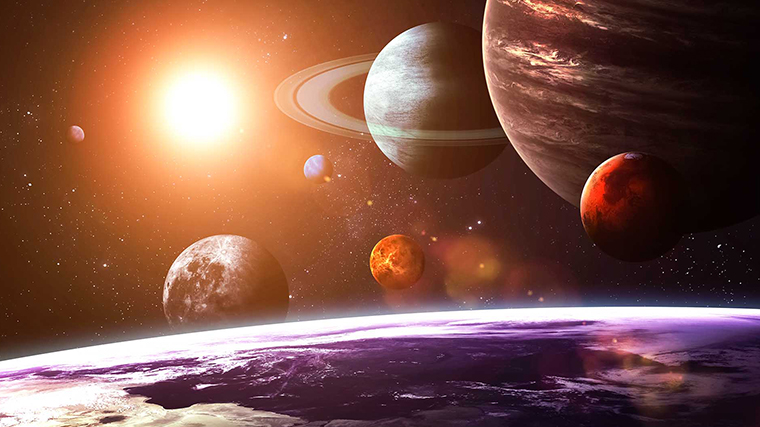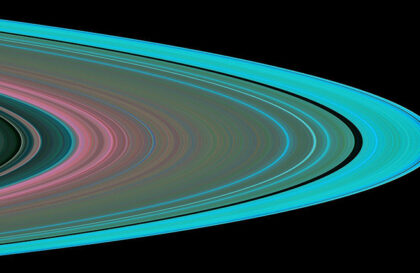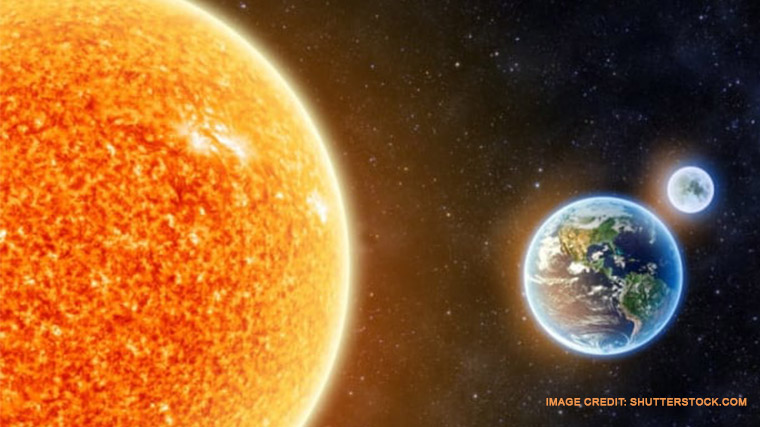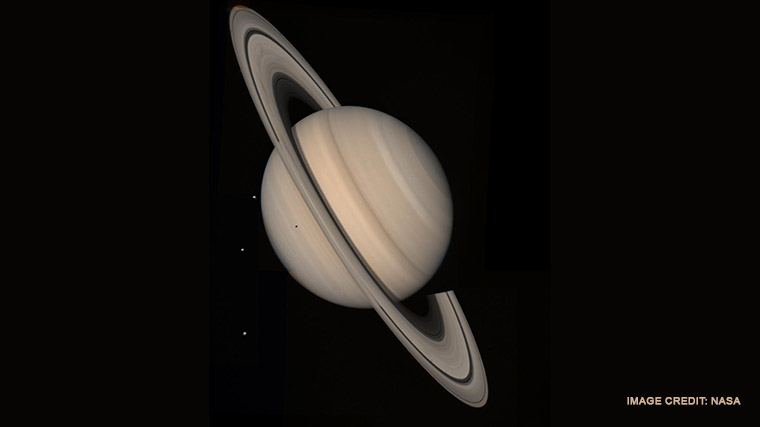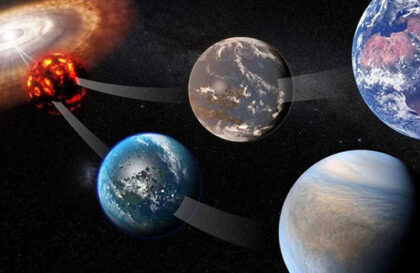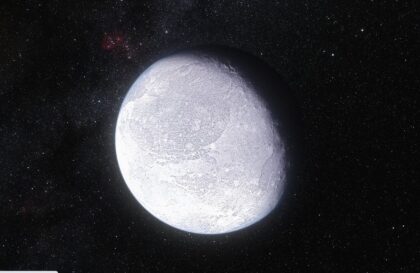I have always been interested in what is inside the Earth, later other planets became interesting. What do they have inside? What are they made of?
Sun
The sun is a giant ball of gas and hot plasma. The core is 25% of the radius. Inside the Sun, under incredible pressure and a temperature of 27,000,000 0F (15,000,000 0C), helium is formed from hydrogen. These conditions are created by gravity. Incredibly, it’s so powerful in light hydrogen.
All this energy moves from the nucleus to the next zone – radiative, then radiative (convective). This takes about 170,000 years. There, plasma bubbles float to the surface of the Sun. This visible layer or photosphere is 300 miles (450 km) thick. The temperature is about 10,000 K and comprises 600 miles (900 km) of granular plasma cells.
The chromosphere is the outer shell of the Sun, about 1,240 miles (2,000 km) thick, surrounding the photosphere. Plasma bubbles move through it and enter the corona of the Sun – the thin atmosphere of a star with a temperature of about 1-2 million K, and in some places up to 20 million K.
Mercury
It is the first planet from the Sun and the second most dense after Earth. It has a powerful metal core made of iron and nickel, which occupies 83% of the planet’s volume. It’s about the size of the moon. Its core contains more iron than any other planet in the solar system.
https://britastro.org/2021/mercury-the-iron-planet первая
For example, the largest iron ore company in Vale, Brazil, has iron ore reserves of about 4 billion tons and its main minerals can be exploited for almost 400 years.
The weight of Mercury’s core is 4*1020 tons, 100 billion times more.
In 2007, variations in the planet’s rotation were discovered. This suggests that the core of Mercury is liquid. It is a liquid metal, like in a steel furnace.
The shell of Mercury consists of a silicate mantle 310-370 miles (500-600 km) thick.
https://britastro.org/2021/mercury-the-iron-planet вторая
Mercury did not have an atmosphere. Due to their proximity to the Sun, solar winds blow out the remaining hydrogen and helium from the extremely rarefied atmosphere. The pressure of Mercury’s atmosphere is 5⋅1011 times less than the pressure of the Earth’s atmosphere. You can say there is almost no atmosphere.
Venus
The hottest thing in the solar system. 870 0F (465 0C). This means that the lead will melt on its surface. Lead is one of the best radiation shielding materials, but it won’t help here.
Venus is also distinguished by its atmospheric pressure. It is the same as at a depth of 3,000 feet (900 m) in the ocean.
There are several models of the structure of Venus.
Most realistic model:
- suggests a similarity with the structure of the Earth. Maybe that’s why it’s recognized. It says that there are three shells on Venus:
- The crust is about 16 km thick.
- Mantle, a silicate shell extending to a depth of about 3300 km to the boundary with the iron core
- The iron core, the mass of which is about a quarter of the total mass of the planet. Since there is no own magnetic field on the planet, it should be assumed that there is no movement of charged particles in the iron core – an electric current that causes a magnetic field, therefore, there is no movement of matter in the core, that is, it is in a solid state.
- Stony crust and mantle
According to this hypothesis, under the thick atmosphere of Venus, there is a rocky crust, similar to the Earth, and a mantle, which probably consists of strongly heated rocks. These breeds are also hard.
- Volcanic activity
Venus is believed to have high volcanic activity. The hypothesis suggests that Venus’s mantle may contain fused rocks that are periodically ejected to the surface through volcanic activity.
- Hydrogen core
Some studies point to the possibility of a hydrogen core at the center of Venus. This assumption is based on an analogy with gas giants such as Jupiter and Saturn, which also have deep hydrogen layers.
- Mantle evolution:
According to this hypothesis, Venus could have had an initial structure similar to the Earth, but due to intense geological activity and high temperatures, its internal composition could undergo strong changes over time.
- Influence of the atmosphere
Venus’s atmosphere influences conditions on its surface, and some hypotheses suggest that it may influence internal processes as well. The high temperature and dense atmosphere may play a role in shaping the planet’s internal structure.
The most detailed map of the surface was made by the American Magellan apparatus, which photographed 98% of the planet’s surface using the radar method. 90% of the planet’s surface is covered with solidified basaltic lava.
Impact craters are a rare element of the Venusian landscape: there are only about 1000 of them on the entire planet. And there are two reasons for this. The thick atmosphere in which most asteroids burn up, and its location in the solar system. Venus is the second planet from the Sun. Not all asteroids get to her.
The atmosphere of Venus is terrible. It consists of 96% carbon dioxide and 3% nitrogen. Thick clouds are pouring acid rain.
Earth
Our planet is the densest in the solar system. Its core occupies 15% of the volume and consists of internal and external parts.
The inner core is a solid ball of iron and nickel with a radius of 760 miles (1,220 km), approximately 80% of the Moon’s radius.
The outer core, 1,500 miles (2,400 km) thick, is also composed of iron and nickel, but it is liquid. It is not under as much pressure as the 3.8 million atmospheres inner core.
At the border of two cores, the temperature is 10,800 0F (6000 0C), as on the surface of the Sun.
Next comes the mantle, 1,800 miles (2,900 km) thick. This is 84% of the total volume of the Earth. It is dominated by silicate rocks rich in magnesium and iron.
The Earth’s crust is quite thin. It accounts for only 1% of the volume. Its thickness ranges from 5-10 km at the bottom of the oceans to 30 km on land. The Earth’s crust, unlike the crust of Mercury, is broken into pieces – tectonic plates that move at the speed of your fingernails. The movement of the plates allows the internal heat of the planet to escape to the outside. The crust consists mainly of oxides of silicon and aluminum.
Mars
The Red Planet is the last inner planet in the solar system. All inner planets are rocky, composed of rocks and minerals.
The core of Mars is similar to the Earth’s, but in addition to iron and nickel, there is sulfur in it. Its diameter is 900-1200 miles (1400-1900 km). It is motionless, so Mars has virtually no planetary magnetic field. It is only 0.01% of the earth.
The mantle surrounding the core is made of thick silicon oxide, similar to thick toothpaste.
Jupiter
Jupiter’s atmosphere consists mainly of molecular hydrogen. Its mass is 76% of the mass of the entire atmosphere. Almost 24% helium. Methane, ammonia, and inert gases are present in a small amount, there are even ice crystals.
A 90 mph (150 km/h) wind on Earth is a hurricane; on Jupiter, it is a gentle breeze. In the northern hemisphere, atmospheric currents reach speeds of 370 mph (600 km/h).
According to the data of the Galileo probe, the wind speed first increases with depth, and then at about 4 atmospheres, it becomes constant at about 170 m/s.
There is no clear boundary between the surface and atmosphere of gaseous planets. Jupiter is no exception. Zero height scientists consider the level at which the temperature gradient changes, that is, the temperature countdown begins. The upper limit of Jupiter’s atmosphere is considered to be 3,100 miles (5,000 km) from the surface.
Behind this layer lies a layer of liquid molecular hydrogen with a temperature of about 2000 0C. Its thickness is 0.75 of the radius of the planet. That’s almost 33,500 miles (54,000 km). At a depth of about 40,000 miles (65,000 km), hydrogen is in a metallic state (due to the pressure of millions of atmospheres, the electrons of hydrogen atoms lose their connection with protons and move freely inside the substance). Its density is 11 g/cm3. There, the pressure reaches 5 million atmospheres, and the temperature is 20,000 0C (according to some estimates, up to 100,000 0C).
Despite the high temperature inside the planet, a terrible cold reigns in its upper layers up to -150 0C. The inner layers of Jupiter do not conduct heat well, which is why the upper layers are so cold.
And finally, we got to the core, consisting of iron silicate and stony rocks. It is solid. Its mass is about 4% of the mass of Jupiter, the radius is 0.1-0.15 of the radius of the planet.
Saturn
In the deep layers of Saturn’s atmosphere, pressure and temperature increase, as a result of which hydrogen begins to turn into a liquid state. The process of this transition is characterized by a smooth nature of change. Upon reaching a depth of about 30 thousand kilometers, hydrogen becomes metallic under the influence of pressure, which reaches about 3 million atmospheres. In this layer, the circulation of electric currents in metallic hydrogen causes the appearance of a weak magnetic field, much less powerful than Jupiter’s magnetic field.
At the center of the planet is a massive core composed of solid and heavy materials, including silicates, metals, and possibly ice. The mass of the core ranges from about 9 to 22 Earth masses. The temperature of the core reaches a level of 11,700 ° C, and the amount of energy radiated by Saturn into space exceeds the energy received by the planet from the Sun by 2.5 times. Much of this energy is generated through the Kelvin-Helmholtz mechanism: when the temperature drops, the pressure inside the planet decreases, causing the planet to contract and the material’s potential energy to be converted into heat.
However, studies have shown that the Kelvin-Helmholtz mechanism cannot be the only source of the planet’s energy. It is assumed that additional heat is generated due to condensation and subsequent fall of helium droplets through a layer of hydrogen, which is less dense, deep into the core. This leads to the transformation of the potential energy of the droplets into thermal energy. The core region is estimated to be about 15,500 miles (25,000 kilometers) in diameter.
However, recent evidence suggests that the composition of the planet’s core is likely a mixture of hydrogen, helium, and heavy elements. By weight, the core is about 17 Earth masses and occupies up to 60 percent of the planet’s volume, which is significantly more than previously thought. The boundary between the core and the gaseous shell turns out to be less clear. Instead of the obvious stratification inherent in terrestrial planets, the giant planet formed two internal zones – a diffuse core and a gaseous shell, with a blurred boundary between them.
Uranus
The density of Uranus, equal to 1.27 g / cm3, puts it in second place after Saturn among the least dense planets in the solar system. Nevertheless, it is 14.5 times heavier than the Earth. The composition of Uranus (and Neptune) differs greatly from that of Jupiter and Saturn due to “ices” predominating over the gases, justifying its placement in the category of ice giants. It consists mainly of various pieces of ice-water, ammonia, and methane.
The Standard Model of Uranus assumes that Uranus consists of three parts: in the center – a stone core, in the middle – an ice shell, outside – a hydrogen-helium atmosphere.
The core is relatively small, with a mass of approximately 0.55 to 3.7 Earth masses and with a radius of 20% of that of the entire planet. The mantle (ice) makes up most of the planet (60% of the total radius, up to 13.5 Earth masses). At the center of Uranus, the density should increase to 9 g/cm3, the pressure should reach 8 million bar (800 GPa) at a temperature of 5000 K. mixture of water, ammonia, and methane. This highly electrically conductive liquid is sometimes referred to as the “aquatic ammonia ocean”.
Another model suggests a significant amount of hydrogen and rock material that mixes in the icy mantle.
The liquid internal structure means that Uranus does not have any solid surface, as the gaseous atmosphere smoothly transitions into liquid layers. However, for the sake of convenience, it was decided to conditionally take an oblate spheroid of revolution, where the pressure is equal to 1 bar, as the “surface”. The equatorial and polar radii of this oblate spheroid are 25559 ± 4 and 24973 ± 20 km.
Neptune
The internal structure of Neptune resembles the internal structure of Uranus.
The mantle is composed of water, ammonia, and methane ice. The mass of Neptune’s mantle exceeds the Earth’s by 10-15 times. This matter is icy, even though it is a hot, very dense liquid. At a depth of 4,300 miles (7,000 km), conditions are such that the methane decomposes into diamond crystals that “fall” into the core. According to one hypothesis, the upper part of the planet’s mantle may be an ocean of liquid carbon with floating solid “diamonds”.
The rock-ice core of iron, nickel, and silicates has a mass 1.2 times greater than Earth’s. The pressure in the center reaches 7 Mbar. The temperature in the center may reach 5400 K.
Credit рhoto:
https://explorersweb.com
https://www.nasa.gov
https://britastro.org
https://www.jpl.nasa.gov
https://www.newsweek.com
https://www.jpl.nasa.gov
https://interestingengineering.com
